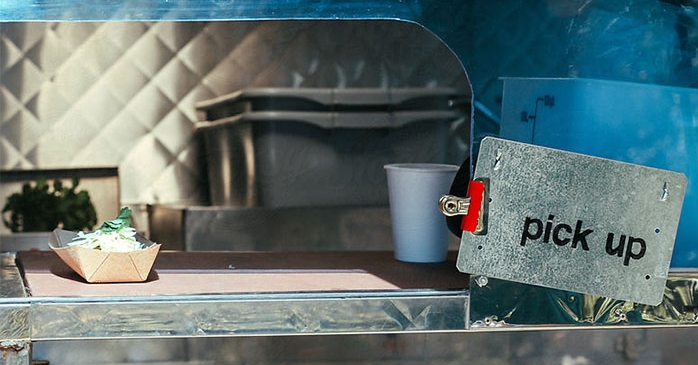In recent years the mobile food industry has been gaining momentum, especially in larger metro areas. New York City, Los Angeles, San Francisco, Seattle and Washington D.C. have seen the influx of food trucks expand exponentially. Besides their numbers, this new generation of vendors is giving the industry a new look. These entrepreneurs have left your father’s roach coach behind for 7 ton trucks with 16 foot, fully operational kitchens. Along with a new mindset in which they deliver their cuisine, they have also started using social media to market themselves and inform the public about their location and daily specials.
Twitter is by far the number one media tool today’s food trucks are using to market themselves. In Los Angeles alone there are over 100 trucks using Twitter’s service. Most of these vendors have between 500 and 5,000 individuals following them and with the use of simple math; you can see how follower’s tweets and retweets can spread like wild fire along this platform. This technology is getting each of the truck’s whereabouts known within minutes. Outside of just tweeting their locations, some of the truck operators are also spending time thanking their followers by offering discounts and giveaways. One vendor in Washington D.C selects five of its followers weekly and awards them each with a free milkshake.
Facebook is being used as well, but instead of the primary tool, it is being used to supplement the use of Twitter. As the trucks post their locations, their Twitter accounts automatically update their Facebook wall. By doing this, Facebook allows friends to post commentary, share pictures and even add links to stories or reviews about the vendors. Other social media platforms are being used but not nearly as much as Twitter and Facebook. Foursquare and Google Maps are used by some, but due to random locations based on parking availability and agreements made with local brick and mortar restaurants, it is difficult to keep customers updated.
Within the mobile food industry, the ultimate goal is to get the product to their customers. Being mobile and almost never in the same place from one day to another has always been an issue. This new wave of operators has found that by using social media, they are able to keep their adoring fans coming back for more, no matter what parking meter they are set up at.



